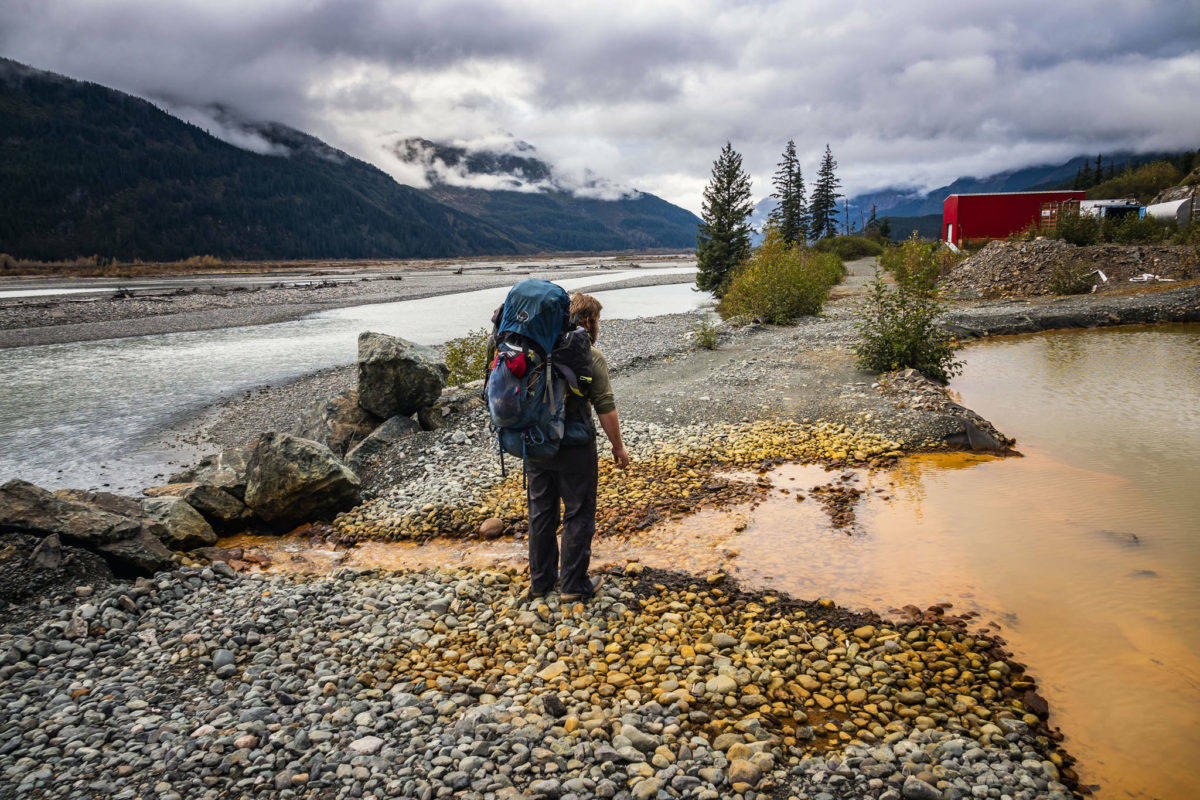King salmon runs along our coast are in trouble. Most scientists think changing ocean conditions are the problem. Since fixing these conditions is unlikely, at least in the near term, it is vital that we do all we can to protect freshwater salmon spawning, rearing and migratory habitat.
Closing down and cleaning up the abandoned and polluting Tulsequah Chief Mine in the Taku River watershed is a great place to start. Located on the banks of the Tulsequah River, the largest tributary to the Taku, this mine is right in the heart of the Taku watershed and about 40 miles northeast of Juneau.
The Taku River is usually Southeast Alaska’s largest overall salmon producer, and is a vital regional economic, cultural and recreational resource. To me, as a Southeast Alaska commercial fisherman, the protection of the fisheries resources of not only the Taku River, but all the transboundary rivers is not an option, it is an absolute necessity.
I had a commentary published in Pacific Fishing Magazine in March of 2017 imploring the B.C. government to do the right thing and remediate the abandoned Tulsequah Chief Mine, and to encourage the State of Alaska and the U.S. federal government to pressure the B.C. government to do so. But here I am again, six years later, deliberating on the same tiresome issue and things seem to be getting worse, not better.
The Tulsequah Chief has been spewing toxic acid mine drainage into the Taku watershed for 66 years now. In 2015 then-B.C. Mines Minister Bill Bennett visited the mine and promised to clean up the mess. Eight years later little has been done.
In 2020 B.C. released a draft mine reclamation plan. But nothing has been done to limit or halt the ongoing acid mine pollution. B.C. continues to provide vague statements about mine cleanup without providing any specific commitments or deadlines, or any ways for Alaskans to engage in the cleanup process to ensure our downstream interests are protected.
It is disturbing that B.C. is dragging its feet on Tulsequah Chief cleanup. It is is even more worrisome now that B.C. is moving ahead with an environmental assessment of CanaGold Resources New Polaris project, which is across the Tulsequah River downstream and nearly in sight of Tulsequah Chief. The ore deposit is laden with arsenic, which will have to be disposed of in a way that it will not get into the river. CanaGold proposes to use cyanide to remove the gold, which raises more water quality concerns.
CanaGold is also proposing to supply the mine via 150-170 barge runs a year. Previous barging efforts by the two now-bankrupt former owners of Tulsequah Chief never accomplished much more than about 30 runs annually. These barging operations were not only a near complete failure, but caused a huge public outcry due to interference with commercial and subsistence fishermen, groundings, removal of woody debris that is vital salmon habitat and other problems. CanaGold has provided absolutely no evidence to demonstrate that this barging plan is feasible.
The failure of barging by Redfern and Chieftain Metals led in part to the bankruptcy of both companies. How do we know that a similar situation will not develop at New Polaris? No new mine development should be considered in the lower Taku region until the Tulsequah Chief is cleaned up. B.C. talks a lot about its responsible mining practices and the need to build trust with Alaska. Cleaning up Tulsequah Chief prior to the consideration of other mining in the lower Taku region is a necessary first step.
B.C. needs to heed the lesson most mothers instill in their children: clean up one mess before you start making another one. But history shows that B.C. is unlikely to do so on its own; we cannot trust B.C. to do the right thing, despite years of verbal commitments and promises.
The State of Alaska, our congressional delegation and federal agencies need to work together to ensure that Tulsequah Chief is cleaned up properly and promptly. Alaskan leaders should defend Alaskan interests in clean water and healthy wild salmon. Everyone seems to agree that cleanup is long past due. There is no reason for further delay.
• Mark Hofstad is a commercial fisherman in Petersburg.

